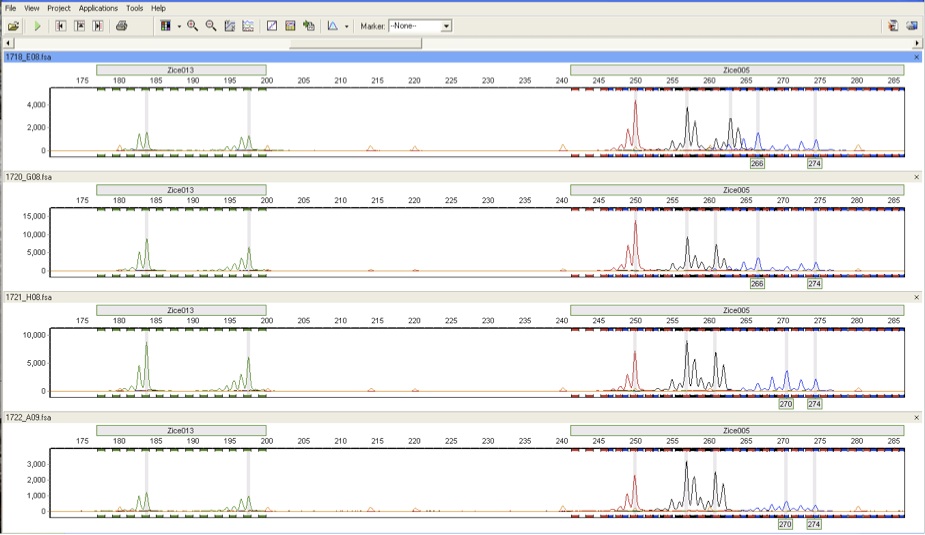It used to be that developing microsatellites for a new species was a fairly costly and time consuming prospect. The advent of 454 DNA sequencing has changed that. The relatively long reads of 454 make this platform ideal for microsatellite development. Genomic DNA is sequenced and unassembled reads are run through a script to identify loci that contain microsatellite repeat units. Here’s a couple of papers from our lab that have developed microsatellites for various species:
Hargrove, J., Gitzendanner, M. A. and Austin, J. D. 2012. Isolation and Characterization of 14 Novel Polymorphic Loci for the Florida Mouse (Podomys Floridanus). Conservation Genetics Resources 4(2): 411-413. doi:10.1007/s12686-011-9562-9.
Clivati, D., Gitzendanner, M. A., Hilsdorf, A. W. S., Araújo, W. L., Miranda, V. F. O. 2012. Microsatellite markers developed for Utricularia reniformis (Lentibulariaceae). American Journal of Botany PN&PPS.
